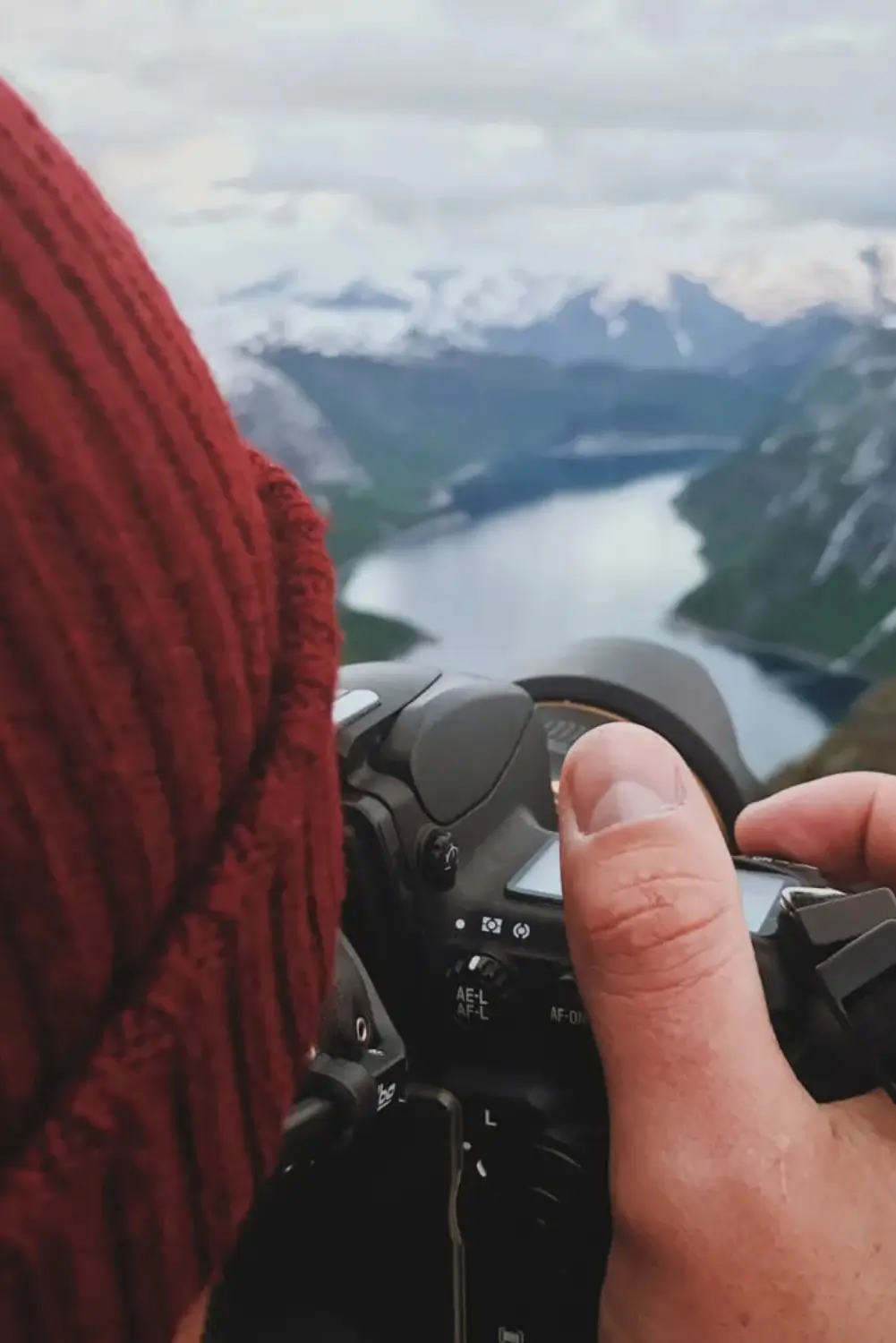Top 3 places to visit on the Costa Blanca in Spain
The Costa Blanca embodies the Spanish way of life. It is often compared to the Côte d'Azur, thanks to its extremely pleasant climate and colourful scenery with the Mediterranean as a backdrop. From Denia to Pilar de la Horadada, there are over 200 kilometres of coastline and hinterland to discover. Here are our top 3 must-see places if you're staying in this part of Spain.
Calpe and its Mediterranean charm
Calpe est une charmante petite ville dominée par son rocher majestueux, le Peñón de Ifach. Vous accédez au sommet de ce rocher, à 332 mètres d’altitude, via un path de randonnée unique en son genre doté d’un tunnel qui traverse la roche pour passer du versant nord vers le versant sud. La montée est exigeante, mais elle est récompensée par une vue panoramique à couper le souffle sur la Méditerranée et sur les environs.
But Calpe isn't just about the Peñón. It's also the pleasure of strolling through the historic centre to discover the Plaza de la Villa, with its remains of ancient walls, murals and Roman ruins. The picturesque streets are lined with whitewashed houses and brightly coloured touches such as the Escaleras Españolas, the staircase from which you can admire the magnificent mosaics from above and which takes on the colours of Spain when you look down on it.
Pour une escapade nature, rendez-vous au lagon de Las Salinas, un haven de paix peuplé de flamants roses. Les sentiers et points de vue autour de cette ancienne lagune salée sont parfaits pour une promenade en famille.
Calpe is an ideal base from which to explore the whole of the Costa Blanca during your holiday. Find a rental in Calpe is guaranteed to immerse you in this dream setting.
Guadalest and its medieval castle
If the heights of Calpe haven't made you dizzy, then you're ready to discover Guadalest, perched high above the sea at an altitude of almost 600 metres. It's certainly one of the most beautiful villages on the Costa Blanca, and with good reason! Listed as a historic and artistic site, this medieval town invites you to step back in time through some truly spectacular scenery.
L’emblématique château de San José, forteresse du XIe siècle construite par les musulmans, surplombe le village depuis son promontoire rocheux. Si ses murs ont souffert des tremblements de terre et des guerres, ils offrent toujours une vue à 360° sur le lac artificiel en contrebas, surnommé le « cœur émeraude » de la vallée. Ce lac est d’ailleurs parfait pour des walks paisibles, des pique-niques, du kayak ou même pour une baignade.
In the narrow streets of the Castle district, you'll pass white houses adorned with flowers, numerous craft shops and a host of original museums such as the Museo Microgigante and the Torture Museum.
Alicante, the lively capital of the Costa Blanca
We can't let you visit the Costa Blanca without making a diversion to its capital, Alicante. The Santa Bárbara castle, perched 166 metres up on Mount Benacantil, dominates the city and the Mediterranean. This bastion, dating from the IXᵉ century, is a veritable open book on the history of the region, with Arab and Christian influences.
For beach lovers, the San Juan beach is a must. With its fine sand, crystal-clear waters and facilities for young and old alike, it has it all. In the evening, head to the Esplanade d'Espagne, famous for its undulating marble mosaic floor and palm tree-lined promenade. You'll find plenty of shops and restaurants with lively terraces.
The port of Alicante, meanwhile, is perfect for a romantic stroll or to set sail for the island of Tabarca and its archipelago, once a haven for Berber pirates. In the city centre, you can't miss the MARQ, the modern archaeological museum. It will delight history lovers with a permanent exhibition of Iberian and Roman remains dating from prehistoric times to the Middle Ages.
Get your tickets and make packing for the Costa Blanca and stop off in Calpe, Guadalest and Alicante for some unforgettable moments.



